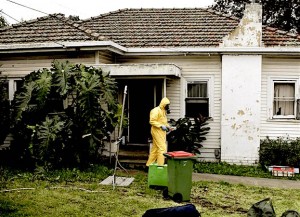As meth use continues to rise across Australia, so does the possibility of purchasing a property contaminated by meth residue. Producing or even just smoking meth leave behind a toxic chemical residue on any and all surfaces in the property. A property contaminated by meth residue has very few visible warning signs however, there are key steps you can take to ensure your next home or investment is clear of meth residue contamination.
Learn What to Expect From Disclosures

A property contaminated by meth residue has few visible signs, however there are steps you can take to ensure your investment is clear of meth residue contamination
Ask a good real-estate agent to explain exactly what sellers must disclose in your state. Look up your state’s real estate laws.
Accompany the Home Inspection
Even if you don’t suspect problems, try to be on-site during the pre-purchase inspection of a home you want to buy. You’ll learn much more by watching the inspection and asking questions than you will by simply reading the inspection report. Don’t expect a home inspector to be able to identify meth contamination. However, some inspectors have taken training that lets them point to suspicious signs.
Use Your Own Smarts
Look for unusual problems such as yellow staining on carpets and walls, and corroded plumbing and electrical wiring.
DIY Meth Residue Test Kits
A decent (but not fail-safe) screening can be done with a good test kit. A positive reading shows that a place has a problem. But a negative reading doesn’t mean the home is clean. Amateur testers can easily miss “dirty” areas. Increase your chances by using seven or eight kits in a home you’re serious about, wiping many different locations – counters, ceiling, floor and walls in different rooms.
Professional Meth Residue Testing
The only way to guarantee the home you’re buying isn’t contaminated is testing by an experienced meth residue testing technician or industrial hygienist specialising in drug-residue detection. Samples are sent to a lab for analysis. A cursory evaluation can cost around $300; exhaustive testing starts at $1,000 or more.




